دفع:
30% T/T When Order, 70% T/T Before Shipmentأصل المنتج:
Chinaاللون:
Customizationميناء الشحن:
Shanghai ChinaMaterial:
Forged Steel A105Method of Operation:
Handwheeldn20 800lb pn130 الصلب مزورة a105 sw طريقة اتصال نظام التشغيل & amp ؛ y صمام عقارب بوابة تشغيل الهيكل وغطاء المحرك a105 api600 تقليم 8 مقاعد 410 + stl wedge 420 stem 410 طوقا 304 + تصميم الجرافيت وتصنيع api602 وجها لوجه ansi b16.11 أبعاد نهاية ملحومة api 602 الاختبار والتفتيش api 508.
تفاصيل سريعة
|
نوع |
صمام البوابة |
|
بحجم |
dn20 |
|
الضغط |
800 رطل |
|
اعمال بناء |
ب ، السراج & أمبير ؛ ذ |
|
الإتصال |
sw |
|
وضعية التشغيل |
عقارب |
|
مواد الجسم |
أ 105 |
|
التغطية |
أ 105 |
|
تصميم & أمبير ؛ صناعة |
api 602 |
|
نهاية الاتصال |
api 602 |
|
تفتيش |
api 598 |
|
نطاق درجة حرارة |
-29 ℃ ~ + 425 ℃ |
|
متوسط |
النفط والماء والغاز |
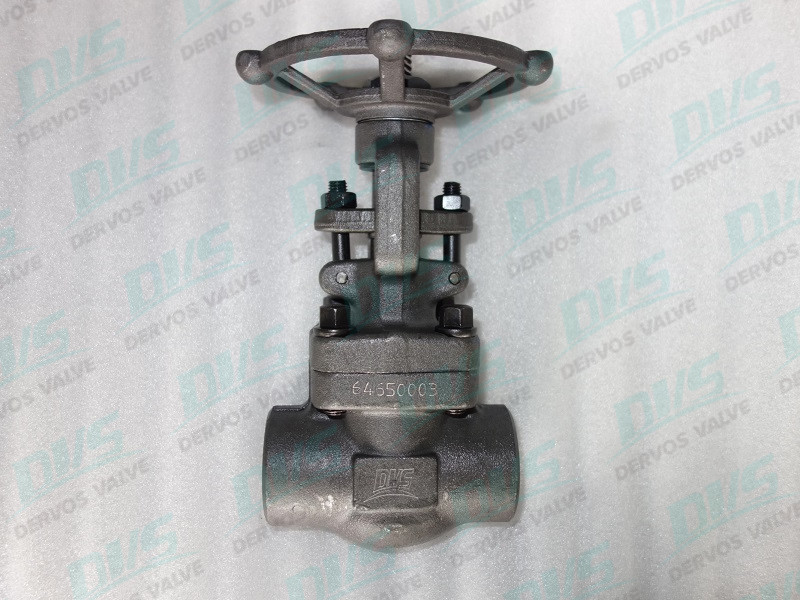
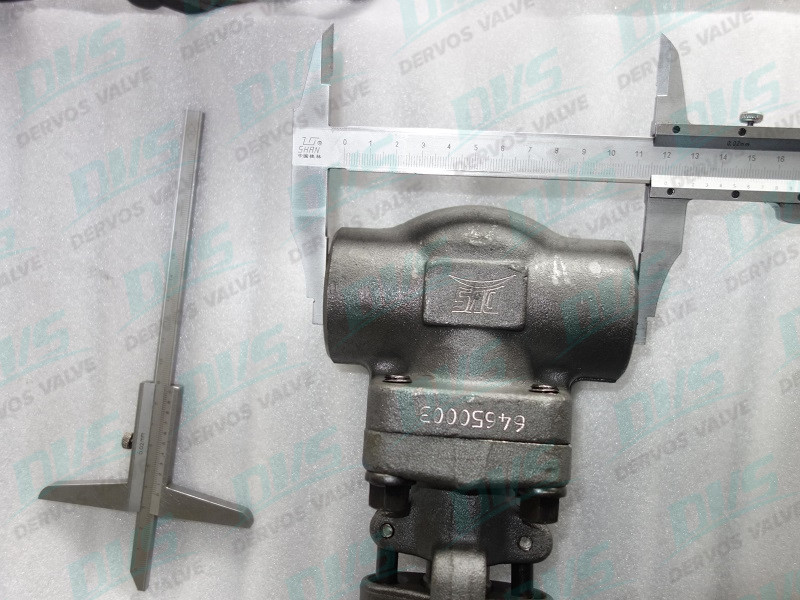
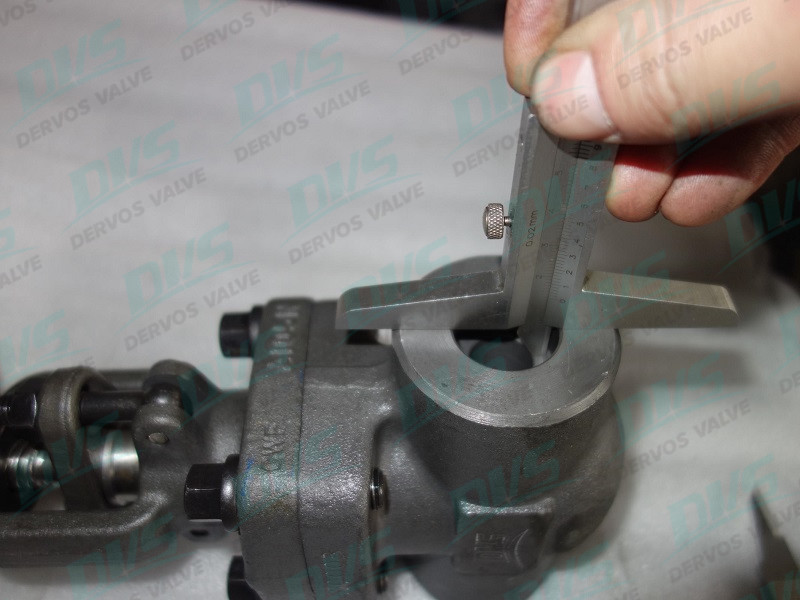
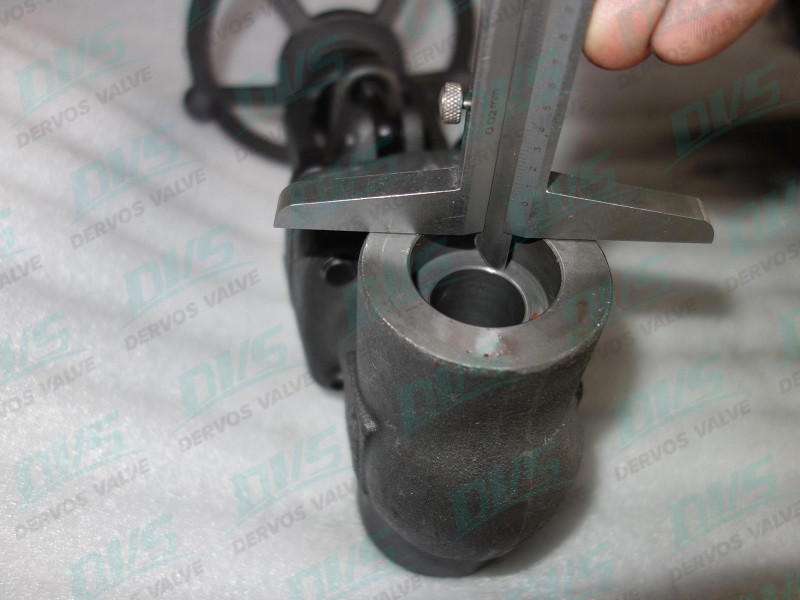
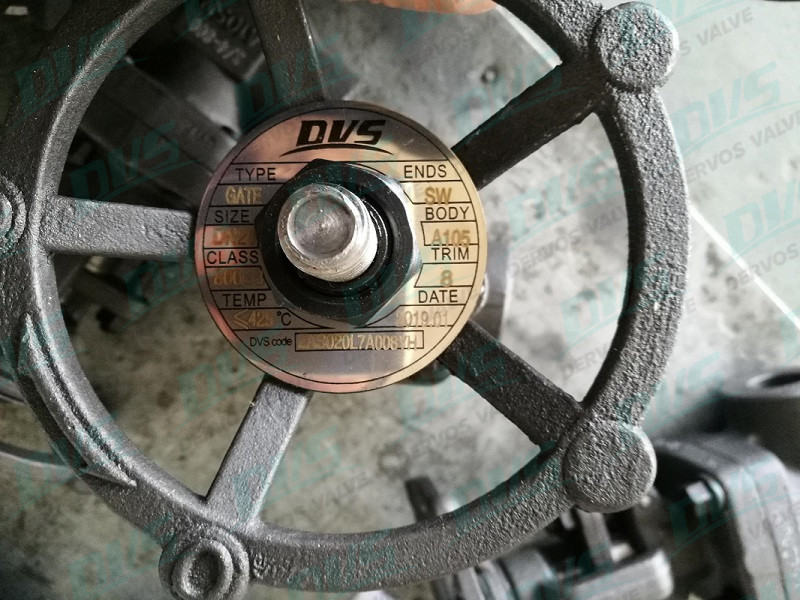
إذا كنت مهتما في منتجاتنا و تريد أن تعرف المزيد من التفاصيل,يرجى ترك رسالة هنا وسوف نقوم بالرد عليك بأسرع ما يمكن.